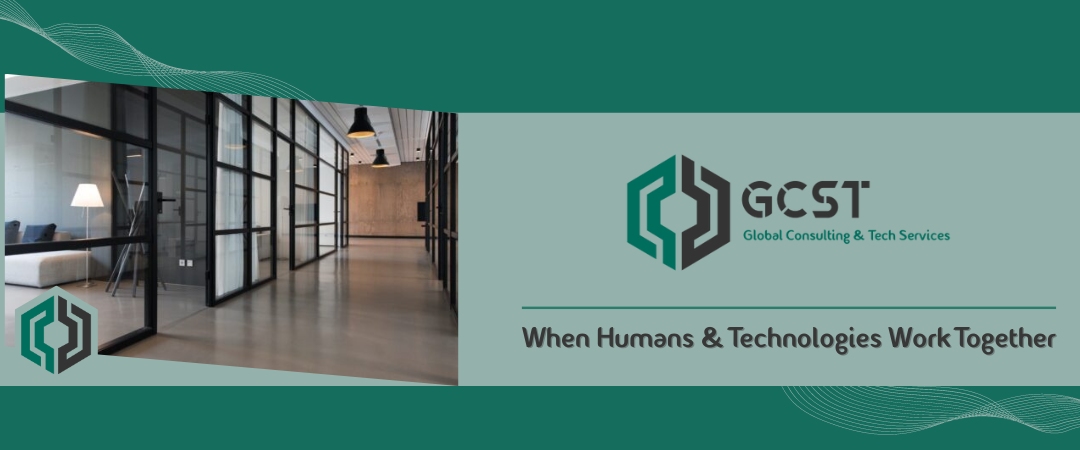As we wade through an economy that is still a little uncertain, organizations continue to adjust their offerings, prices and contract terms for optimal proficiency and profitability. It’s no different for SaaS vendors and everyone is feeling the pressure from their recent price hikes. Before you sign on the dotted line for new technology in 2023, take stock of what you really need to negotiate a right-price SaaS contract.
Here are four money-saving tips for SaaS contract negotiations to safeguard your budget and avoid costly compliance fines.
1. Inventory your SaaS environment.
Before entering a contract or renewal negotiation, conduct a complete inventory of your IT assets (including software, SaaS, and cloud) and usage. This way, you know what you have and what you really need, which leaves room to trim out anything unnecessary the SaaS vendor may offer.
- With SaaS applications, that’s easier said than done because SaaS applications are not often purchased centrally. Take a detailed look at both your paid-for and free applications in use. There are several different types of SaaS discovery methods you can deploy. Browser extensions offer the most comprehensive SaaS discovery available, as they can discover any type of SaaS application – known, unknown, paid and free. They are deployed on the browser of each managed employee, and they register the login and usage of any SaaS application.
- If you have hybrid applications, those that can be accessed via browser and installed versions, then you will want to use an agent (to check installed usage) and a method to capture web usage (SSO, vendor portal API or browser extension).
2. Deeply understand your SaaS usage.
Arm yourself with data on who is using what and how. In the case of a renewal, you’ll know how well the application is working for your organization, and if you’re actually using what you purchased.
- Some SaaS vendors offer different license types (with differing features) at varying price points. Know how each license is being used to ensure you aren’t paying the highest price tier for someone who could just as easily use a less expensive license.
- Many organizations rely on financial records to keep track of SaaS licenses. However, financial records reveal nothing about application usage. With a SaaS management platform, you can leverage software metering to monitor how long an application was in use and specifically which features are used. This usage data will better prepare you for contract negotiations, so you can determine where your money is well spent and where you’re wasting dollars on unused software.
3. Don’t be afraid to negotiate price.
There’s almost always wiggle room in a SaaS contract – you just have to ask the right questions.
- Do they offer volume discounts? Discounts on unit prices are more difficult to come by in today’s climate.
- Are there features that you don’t need? Slash unnecessary spend on add-ons, extra capabilities, success packages, etc.
- Can you enter into a longer term and get a bigger discount? Does the SaaS contract represent a “have to have” application? If you’ve reviewed your usage data and spoken to the business units responsible for using the software and have identified this as a well-used application, some SaaS vendors are willing to lock you in at a lower price if you agree to a longer contract term. You won’t incur as much risk if you’ve done your research prior to the negotiation and can save some value spend in the process. Longer terms also can protect you against near-term prices increases.
4. Optimize your SaaS licenses.
Identify savings opportunities on your next contract cycle by optimizing your licenses and clearing out the waste. Bring that information to your next renewal conversation.
- Do you have any unused accounts or are any of your accounts duplicate users?
- Are any applications in use redundant? Does your user really need both licenses, for example, or can one be repurposed or even cut?
Resources : 4 Money-Saving Tips for Negotiating SaaS Contracts and Renewals

For Free consultancy Please Click here

